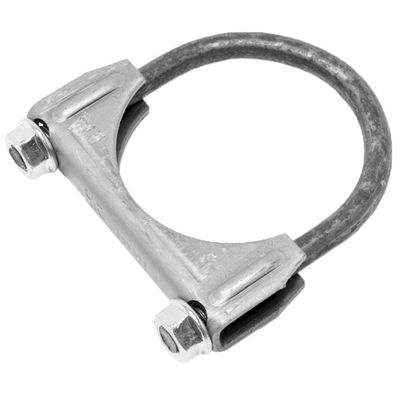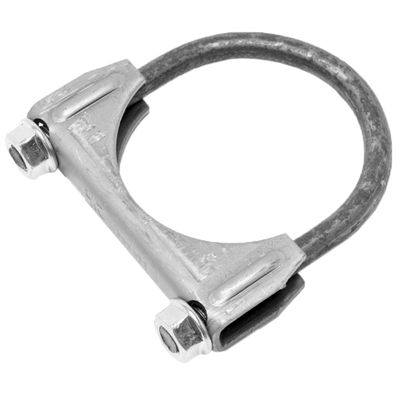Answer
Aug 14, 2024 - 01:17 PM
Whether to weld or use the Walker Exhaust 35337 Exhaust Clamp depends on several factors, including the specific application, your skill level, and your long-term goals for the exhaust system. Here’s a comparison to help you decide which option might be better for your situation:
Using the Walker Exhaust 35337 Exhaust Clamp:Advantages:
- Ease of Installation: Using a clamp is generally easier and quicker than welding, especially for DIY enthusiasts. No special tools or skills are required beyond basic hand tools.
- Flexibility: Clamps allow for easier disassembly and reassembly of the exhaust system. This is useful if you anticipate needing to replace components in the future or if you’re working on a custom exhaust setup that might need adjustments.
- No Risk of Heat Damage: Clamping avoids the risk of heat damage to nearby components, which can occur with welding. This is especially important in tight spaces where wires, hoses, or other parts might be close to the exhaust.
- Reversible: If you change your mind or need to make adjustments, clamps can be removed without permanent modification to the exhaust pipes.
Disadvantages:
- Potential for Leaks: Although the Walker 35337 clamp provides a strong seal, it may not be as completely airtight as a weld. Over time, vibrations and thermal expansion/contraction can cause minor leaks, especially if the clamp isn’t properly tightened or maintained.
- Less Secure: Clamps might not be as secure as a weld in high-performance applications or on vehicles subjected to extreme conditions, such as off-roading.
Advantages:
- Permanent and Strong Seal: Welding creates a permanent bond between exhaust components, resulting in a highly secure, leak-proof connection that is ideal for long-term reliability.
- Professional Appearance: A well-done weld provides a clean, professional look with no visible clamps or hardware.
- Better for High-Stress Applications: For high-performance vehicles, racing, or heavy-duty applications, welding is often preferred because of its durability and resistance to vibrations.
Disadvantages:
- Requires Skill and Equipment: Welding requires specialized equipment (such as a welder) and skills. Poorly executed welds can lead to weak joints or even damage the exhaust components.
- Permanent: Once welded, the connection is permanent, making future disassembly more difficult. If you need to replace or modify a section of the exhaust, you’ll need to cut the weld, which can be time-consuming and may require additional repairs.
- Risk of Heat Damage: Welding can generate high temperatures that may damage nearby components if not done carefully.
-
Use a Clamp: If you want an easier, flexible, and non-permanent solution, the Walker Exhaust 35337 Exhaust Clamp is a great choice. It’s especially suitable for DIY projects, temporary setups, or when you may need to remove or adjust the exhaust components later.
-
Weld: If you’re looking for a permanent, strong, and leak-proof solution and have access to the necessary skills and equipment, welding is often the better option. It’s particularly advantageous for high-performance or heavy-duty applications where the exhaust system will be subjected to significant stress.
Your choice should align with your specific needs, whether that’s flexibility and ease of installation or long-term durability and strength.





Add New Comment